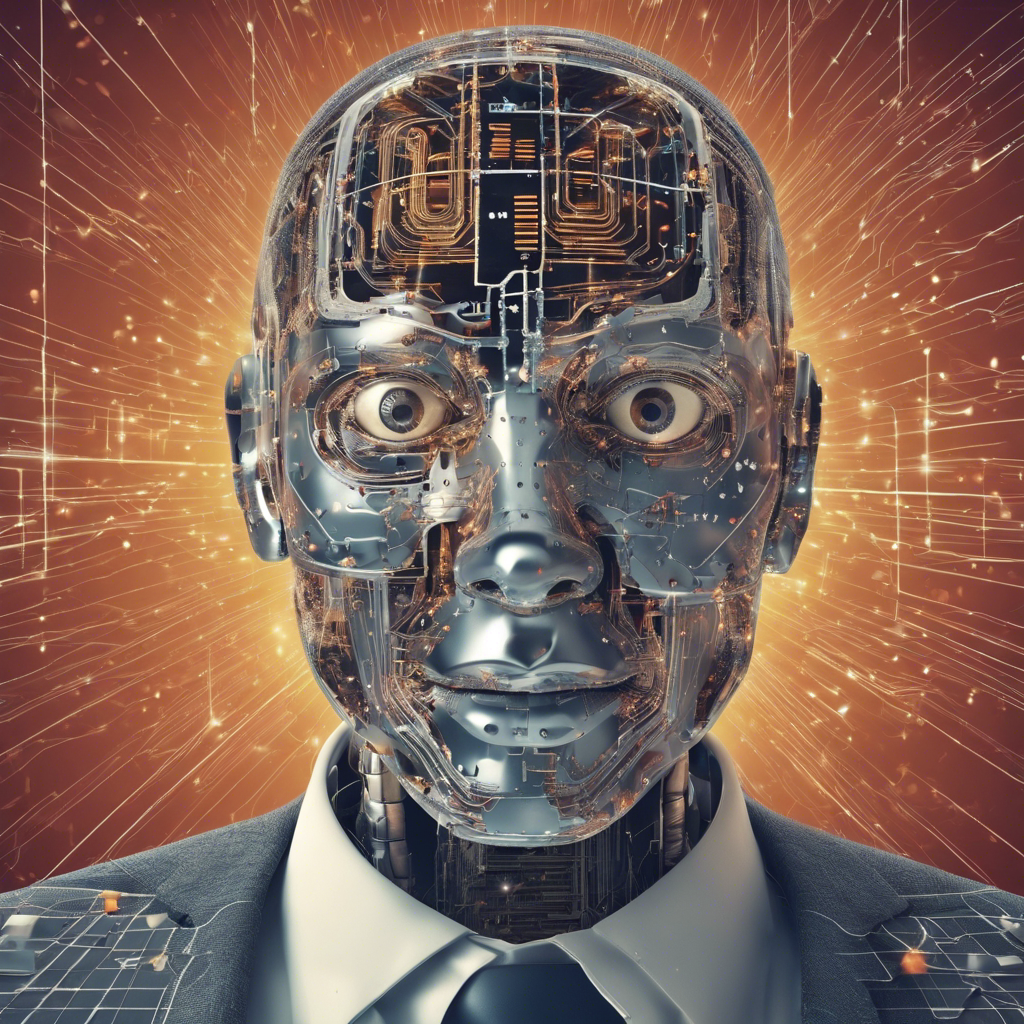The Impact of Artificial Intelligence on the Labor Market: Winners and Losers

Understanding the Complexities of Technological Advancements and Their Effect on Jobs
Technological advancements, such as artificial intelligence (AI), have the potential to revolutionize the way we live and work. While these developments offer promises of increased productivity and improved standards of living, they also raise concerns about job displacement and widening inequality. This article delves into the implications of AI on the labor market, exploring the potential winners and losers in this rapidly evolving landscape.
The Historical Context of Technological Unemployment
The fear of technology destroying jobs is not a new phenomenon. From the Luddites in the 19th century to concerns raised during the computer revolution, the question of how technology impacts employment has persisted. However, history has shown that these fears have often been unfounded, with new jobs being created and living standards ultimately improving. Nevertheless, there are valid concerns about the distribution of benefits and the potential for increased inequality.
Four Key Channels of Inequality
Economists have identified four key channels through which AI and technological advancements can affect inequality. These include:
1. Technological change that favors skilled workers over unskilled workers.
2. Reductions in the cost of capital that complement skilled labor.
3. Machines replacing workers entirely for specific tasks.
4. Increased concentration of market power in a few firms due to technological advancements.
The Impact of Technological Change on Skilled and Unskilled Workers
Research has shown that technological change often benefits skilled workers more than unskilled workers. Increases in the demand and supply of skilled workers can affect the skill premium, leading to wage inequality. Additionally, capital, including AI and robots, tends to complement skilled workers and substitute for unskilled workers. This increased substitutability can further exacerbate wage inequality and income distribution.
The Role of Automation and Routine Tasks
Automation has the potential to replace workers in routine tasks while enhancing the creativity of other roles. The exposure of different labor groups to automation explains most changes in relative wages, with automation displacing workers without producing significant overall productivity growth. This shift in the demand for different types of workers can have profound implications for wages and overall productivity.
Corporate Market Power and Inequality
The concentration of market power in a few firms, particularly those at the forefront of AI technologies, can worsen inequality. These firms, with access to big data and cutting-edge technologies, can dominate the market and influence the regulatory framework to align with their interests. This concentration of power not only affects the distribution of income but also stifles competition, limits innovation, and shapes the direction of technological advancements.
The Uncertain Future of AI and Its Implications
The emergence of AI models, such as ChatGPT-4, highlights the rapid pace of change and the potential impact on the labor market. These models have the potential to affect a significant portion of workers’ tasks, particularly in creative fields. While earlier waves of technology focused on routine task automation, AI’s impact on skilled and low-skilled workers seems to be shifting. The implications for growth, inequality, and the distribution of benefits remain uncertain.
Conclusion:
As AI continues to evolve, it is crucial to understand the complexities and potential implications for the labor market. While there may be winners in terms of increased productivity and new job opportunities, there will also be losers, particularly among those who are already disadvantaged. Policymakers must carefully navigate this transition, considering the distributional implications and ensuring that the benefits of AI are shared equitably. The future of AI holds both promise and challenges, and it is essential to approach these advancements with a comprehensive understanding of their societal impact.










